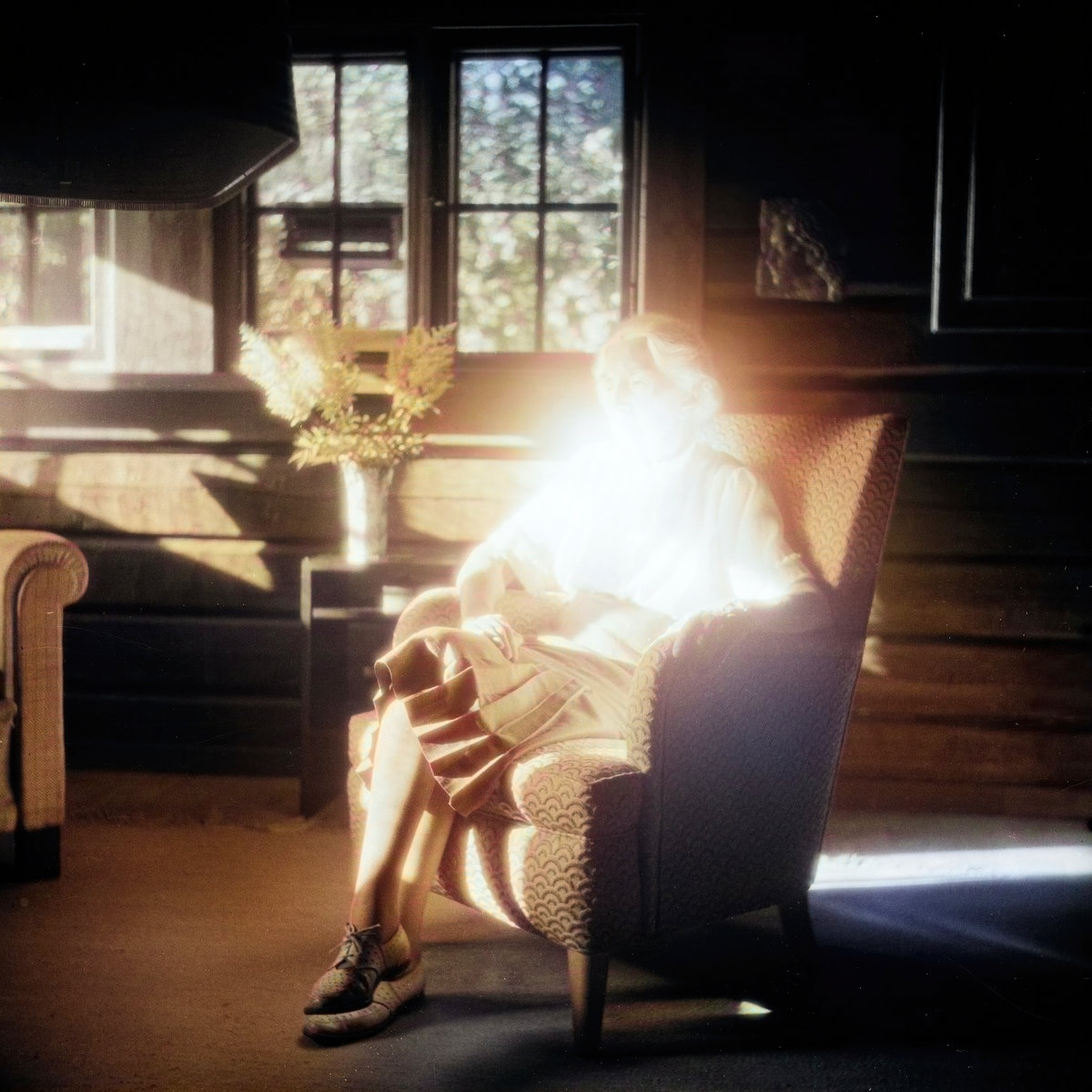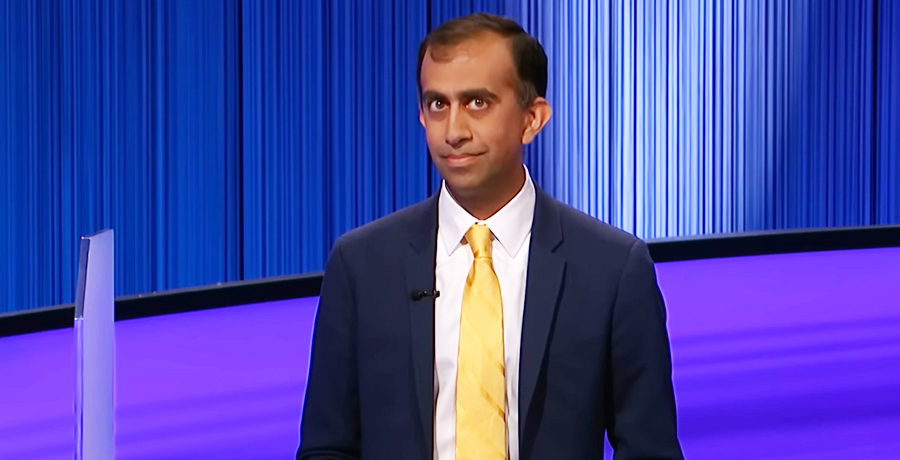As an album title, Face of Collapse proved to be eerily prophetic: Less than a year after its release, and just two weeks before the band was scheduled to embark on a Japanese tour with Zeni Geva, Dazzling Killmen broke up forever. The legacy of this trailblazing St. Louis quartet (originally a trio) lives on in a small, but concentrated body of recorded work, headlined by the band’s second and final full-length. Face of Collapse offers a bridge between hardcore and math rock, with the cinematic sweep of a Bernard Herrmann score. It is simultaneously genre-defining and genre-defying.
Of course, at its heart, Face of Collapse is all about oppositions. Bassist Darin Gray, drummer Blake Fleming and guitarist Tim Garrigan all had classical training, and met as students in the jazz program at Southern Illinois University, while guitarist/vocalist Nick Sakes was largely self-taught. Fleming and Garrigan were younger; Gray and Sakes were already veterans of the St. Louis punk scene. The band’s first album, 1992’s Dig Out the Switch, hewed closer to the angular, rhythm-driven hardcore of Black Flag and other SST acts the group admired. But Face of Collapse was very different—the addition of Garrigan, coupled with renewed focus from the rest of the group, added harmonic layers and intensity to the band’s sound.
There are no false notes on Face of Collapse; the album was painstakingly arranged by Gray and Garrigan, and rehearsed in marathon sessions to achieve mastery—then rehearsed even more. Aside from an accident on Steve Albini’s couch, every song on the recorded version of Face of Collapse was executed as the band intended. Everyone is in particularly fine form here, but the album’s unquestionable centerpiece is the 14-minute quasi-title track “In the Face of Collapse.” With its herky-jerky rhythms and weird time signatures, it’s probably the closest the band got to drawing in a jazz element, offering a nod to the violent, uncomfortable sound of the New York improv scene.
It’s worth noting that the band was the foundational brick for Rob Syers and Mark Fischer’s burgeoning Skin Graft Records, which also had its roots in St. Louis. Face of Collapse was the label’s first full-length, and has remained in print constantly, with a 2016 remaster—spearheaded by Fleming—leading to a lavish reissue with handsome packaging, extensive liner notes and a handful of bonus tracks. Dazzling Killmen’s influence is definitely discernible in later metallic hardcore touchstones like the Dillinger Escape Plan’s Calculating Infinity and Botch’s We Are the Romans, not to mention the prolific output that followed from all of the band’s members on Skin Graft and elsewhere.
Face of Collapse remains completely out of step with rock music then or now; much like the Victorian cabinet of curiosities depicted on the album cover, each of its component parts is an object of wonder.
Need more Dazzling Killmen? To read the entire seven-page story, featuring interviews with the members who performed on Face of Collapse, purchase the print issue from our store, or digitally via our app for iPhone/iPad or Android.












































































































